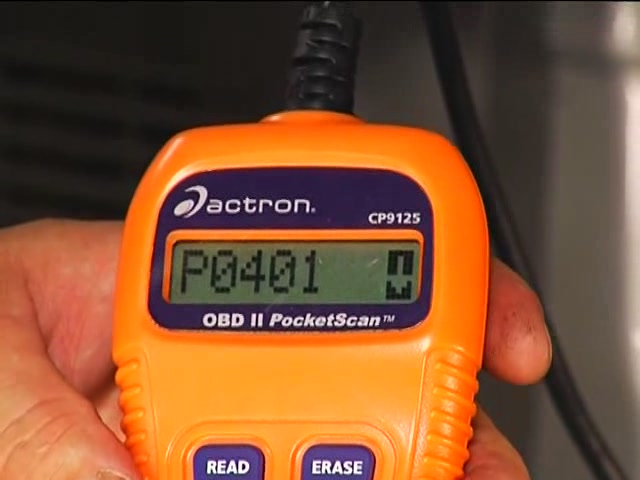Auto TroubleShooter. Actron Manufacturing Co. Reserves the right to make changes at any time to this manual or accompa. Do a Thorough Visual Inspection Do a thorough visual and “hands-on” underhood inspection before starting any diagnostic procedure! You can find the cause of many problems by just looking. This professional level digital multimeter and engine Analyzer performs all standard electrical tests for on-car and bench troubleshooting, including tach, dwell, volts, ohms and diode. Features include a fold-out stand and test lead holders on back of tool for convenient lead storage. View and Download Actron SCANTOOL CP9110 user manual online. SCANTOOL CP9110 Automobile Accessories pdf manual download. Actron compression tester user manual (1 page). Section 3: Actron Help for solutions to The scan tool uses 8 keys to navigate your scan tool problems. Through the software-user interface: 1. Auto TroubleShooter Digital Multimeter Engine Analyzer This ingenious tool performs all standard electrical tests for on-car and bench troubleshooting. Locate faulty wiring, test electrical components, engine sensors, ignition and fuel systems and starting/charging system voltage. Operating instructions, Index, Cp7677. Read online or download PDF. Actron AutoTroubleShooter CP7677 User Manual Manuals Directory ManualsDir.com - online owner manuals library Search. Actron AutoTroubleShooter CP7677 User Manual. Setting the range, Fig. 3. Actron Tools Manuals Directory ManualsDir.com - online owner manuals library Search. Actron AutoTroubleShooter CP7677 User Manual. Electrical specifications. Actron Tools. Manuals Directory ManualsDir.com - online owner manuals library. Actron manuals. AutoTroubleShooter CP7677. Manual Electrical specifications – Actron AutoTroubleShooter CP7677 User Manual Page 34.
24
Ignition Coil Switching Action
This test checks to see if the negative
terminal of the primary ignition coil is
getting switched ON and OFF via the
ignition module and camshaft / crank-
shaft position sensors. This switching
action is where the RPM or tach signal
originates. This test is primarily used for
a no start condition.
Test Procedure (see Fig. 29):
Fig. 29
Typical
Ignition
Coil
Ground
Black
Red
1. Insert BLACK test lead into COM
test lead jack.
2. I n s e r t R E D t e s t l e a d i n t o
test lead jack.
3. Connect RED test lead to TACH
signal wire.
• If vehicle is DIS (Distributorless
Ignition System), then connect RED
test lead to the TACH signal wire
going from the DIS module to the
vehicle engine computer. (refer to
vehicle service manual for location
of this wire)

• For all vehicles with distributors,
connect RED test lead to negative
side of primary ignition coil. (refer
to vehicle service manual for loca-
tion of ignition coil)
4. Connect BLACK test lead to a good
vehicle ground.
5. Turn multimeter rotary switch
to correct CYLINDER selec-
tion in RPM.
6. View reading on display while
engine is cranking.
• Typical cranking RPM range
is 50-275 RPM depending on
temperature, size of engine,
and battery condition.
• Refer to vehicle service
manual for specific vehicle
cranking RPM range.
7. Test Results.
Good Coil Switching Action: Display
reading indicated a value consistent
with manufacturers specifications.
Bad Coil Switching Action:
• Display read zero RPM, meaning
the ignition coil is not being
switched ON and OFF.
• Check ignition system for wiring
defects, and test the camshaft and
crankshaft sensors.

34
Electrical Specifications
DC Volts
Range: 200mV, 2V, 20V, 200V
Accuracy :
±
(0.5% rdg + 5 dgts)
Range: 1000V
Accuracy:
±
(0.8% rdg + 5 dgts)
AC Volts
Range: 2V, 20V, 200V
Accuracy :
±
(0.8% rdg + 5 dgts)
Range: 750V
Accuracy:
±
(1.0% rdg + 4 dgts)
DC Current
Range: 200mA
Accuracy:
±
(0.8% rdg + 5 dgts)
Range: 10A
Accuracy:
±
(1.2% rdg + 5 dgts)
Resistance
Range: 200
Ω
, 2K
Ω
, 20K
Ω
, 200K
Ω
, 2M
Ω
Accuracy:
±
(0.8% rdg + 5 dgts)
Range: 20M
Ω
Accuracy:
±
(1.5% rdg + 5 dgts)
Dwell
Range: 4CYL, 6CYL, 8CYL
Accuracy:
±
(3.0% rdg + 5 dgts)
RPM
Range: 4CYL, 6CYL, 8CYL
Accuracy:
±
(3.0% rdg + 5 dgts)
Audible Continuity
Buzzer sounds at approximately less
than 30-50 Ohms.

Comments are closed.